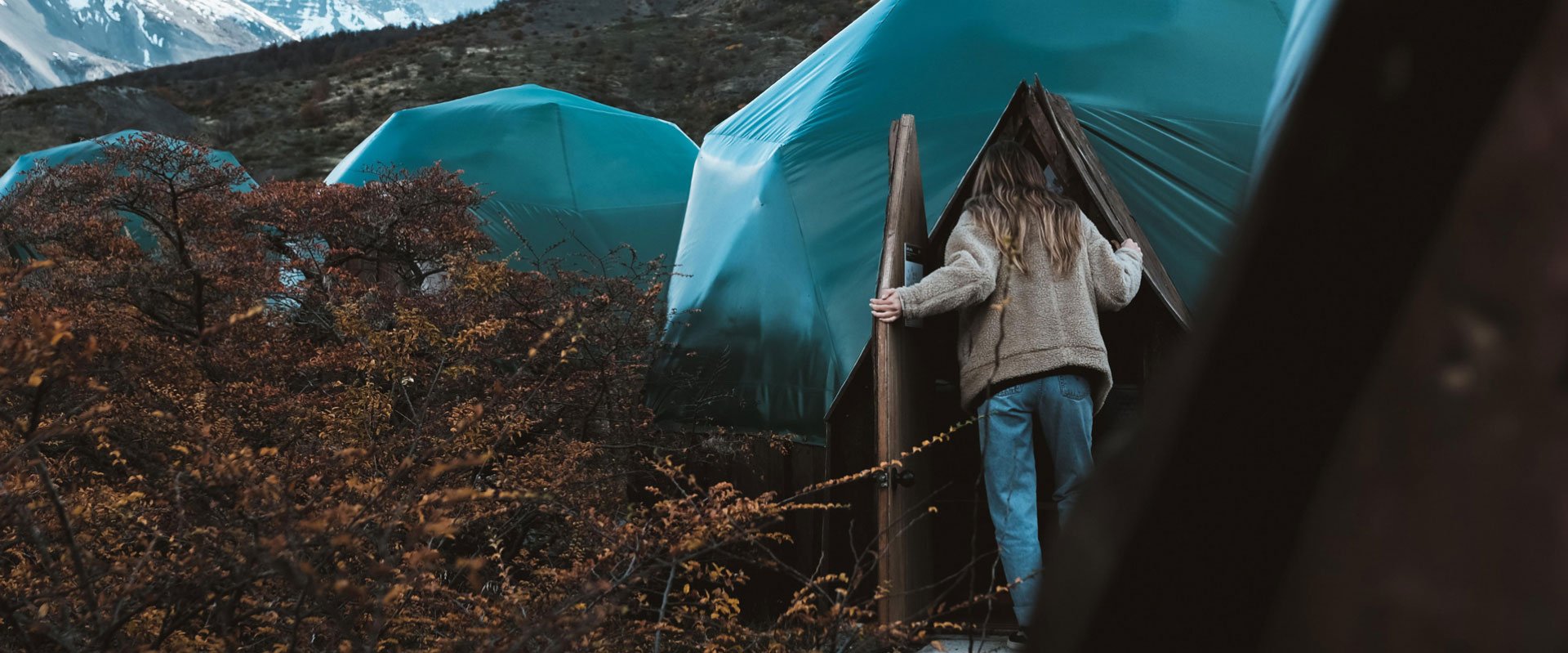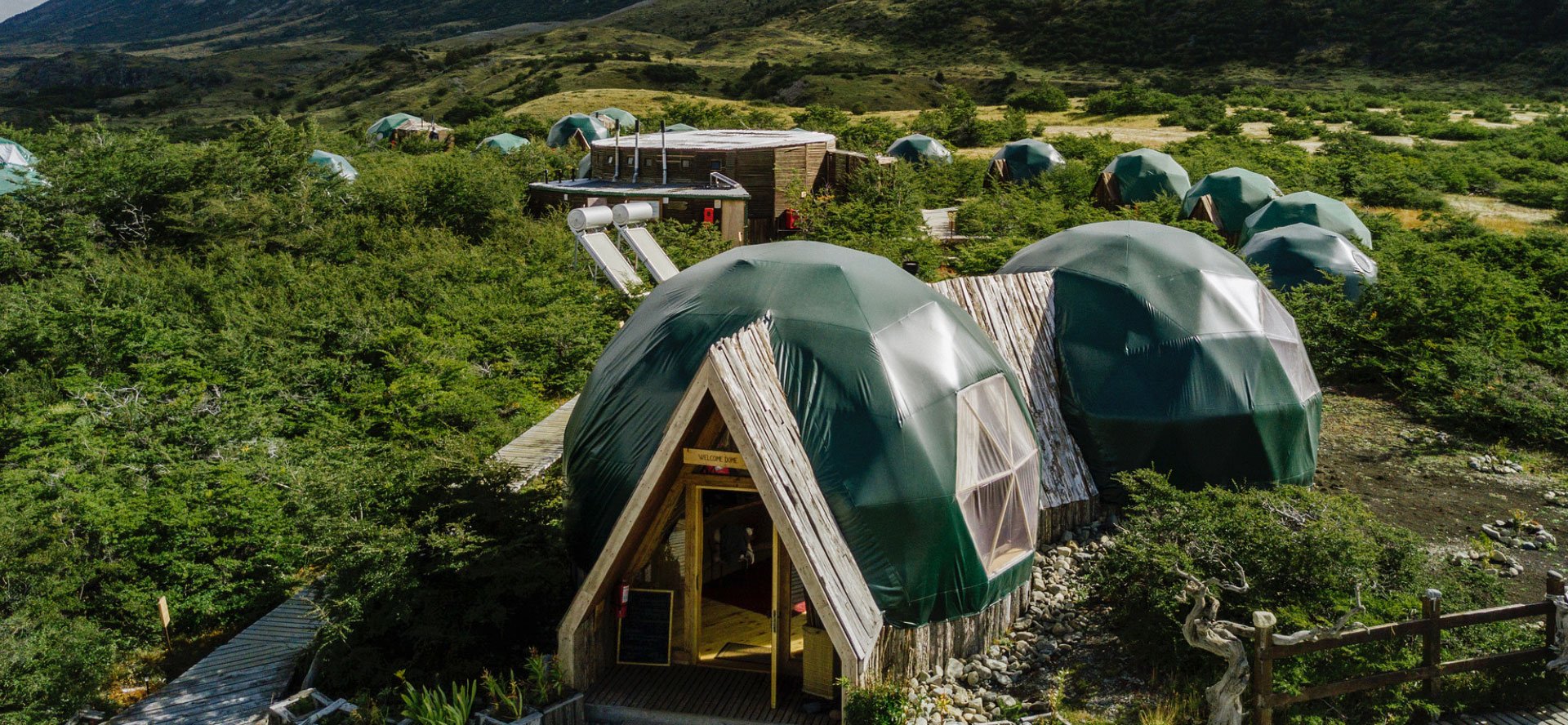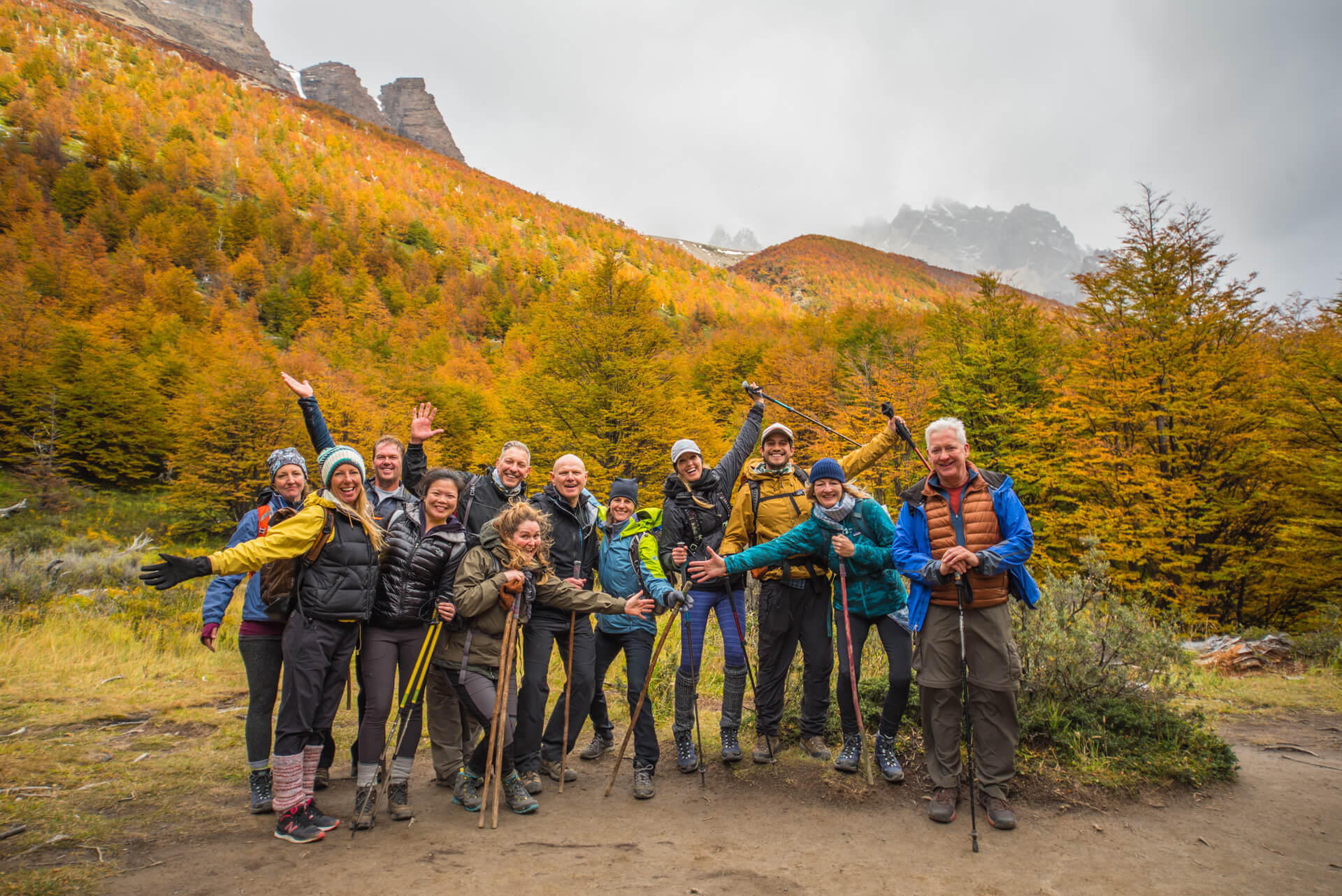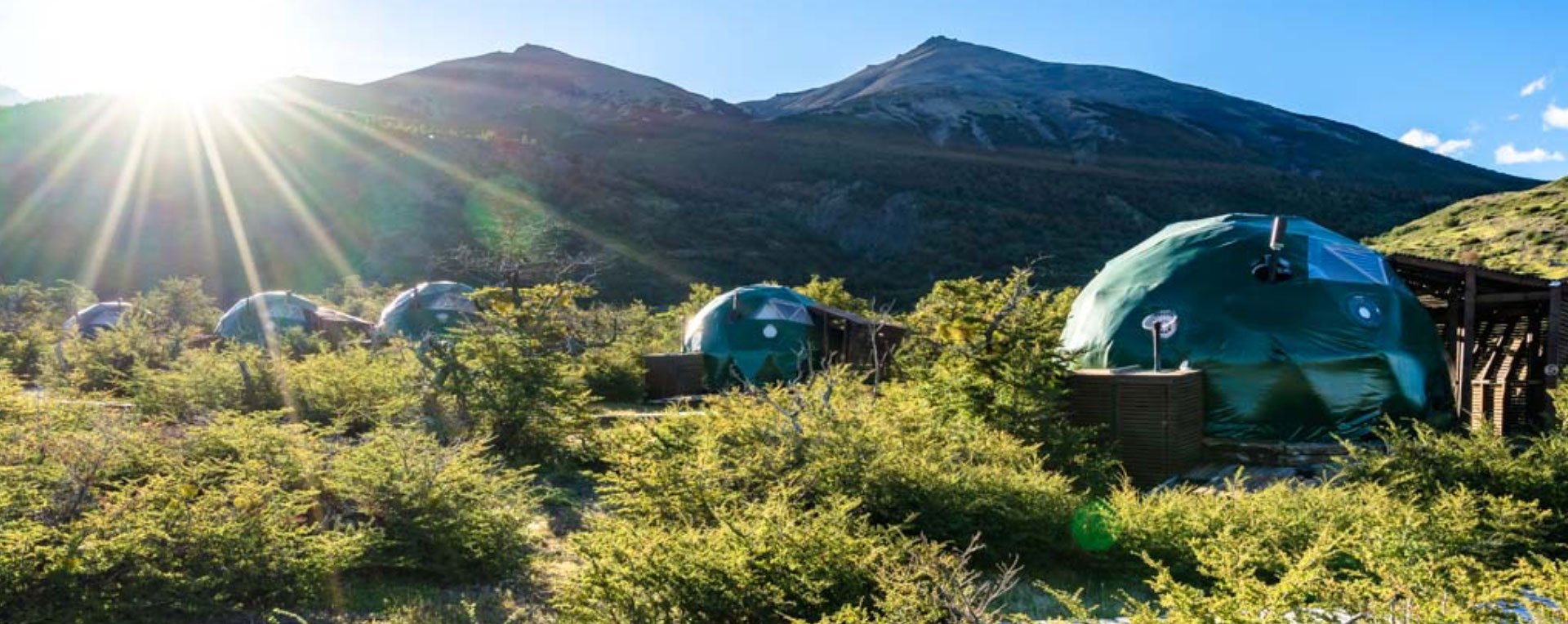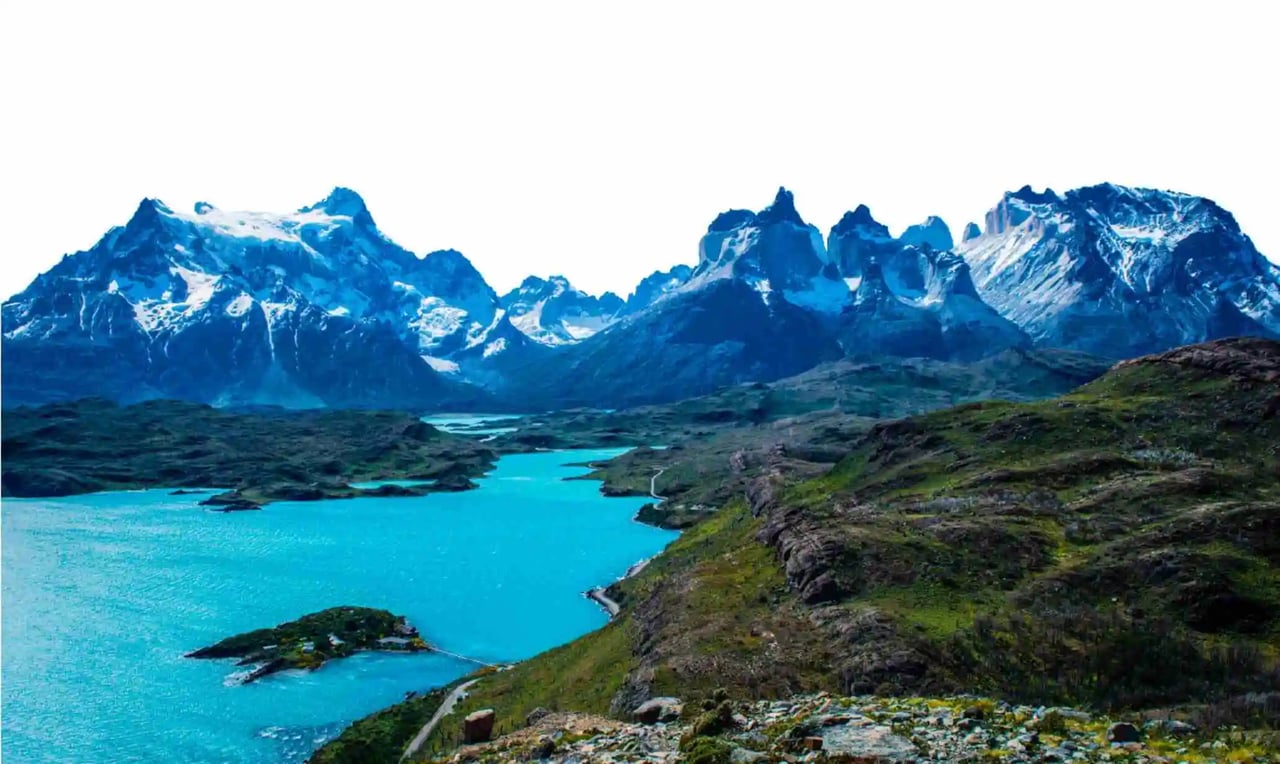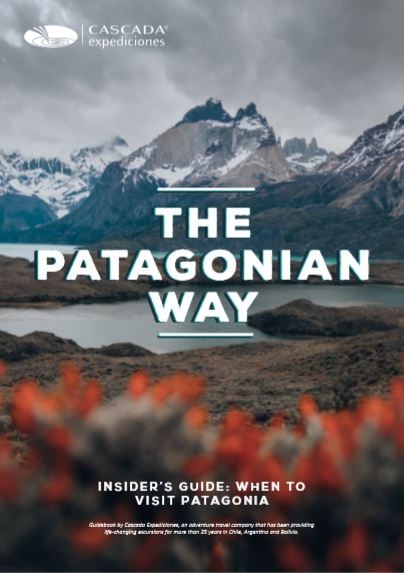Everyone knows he’s here, somewhere, hanging around the Patagonian Mountains. But only the very luckiest ones of all can lock eyes with the puma. If you are a photographer, then you will know that to capture Patagonia’s only big cat and top predator in a photograph is a dream come true.
James Richard Kao came from the noisy city of Los Angeles to experience the immensity of Patagonia for 2 weeks, to capture the best emotions, the perfect spot, and the most unique wildlife shots. As a professional photographer, James knew he needed to hike across the vast plains of southern Chile to track the puma. And after enjoying the 6-day puma tracking excursion at EcoCamp Patagonia, James was excited to share his experience with us.
After years of working in landscape architecture, urban and city planning, James decided on an extreme career change. He wanted to tell stories with his camera, to become a professional photographer. A passion that quickly became the spice of his life. James is a keen traveler, and he has journeyed to far-flung countries including Bhutan, Cuba, Ecuador and Costa Rica. Throughout his travels he has sought to capture landscapes, people and the uniqueness of faraway cultures. In October 2014, James joined the Puma Tracking excursion in Torres Del Paine, led by EcoCamp’s very own wildlife expert Diego Araya and the Puma tracker Roberto Donoso. What follows is an exclusive interview in the wilderness with an avid wildlife photographer...
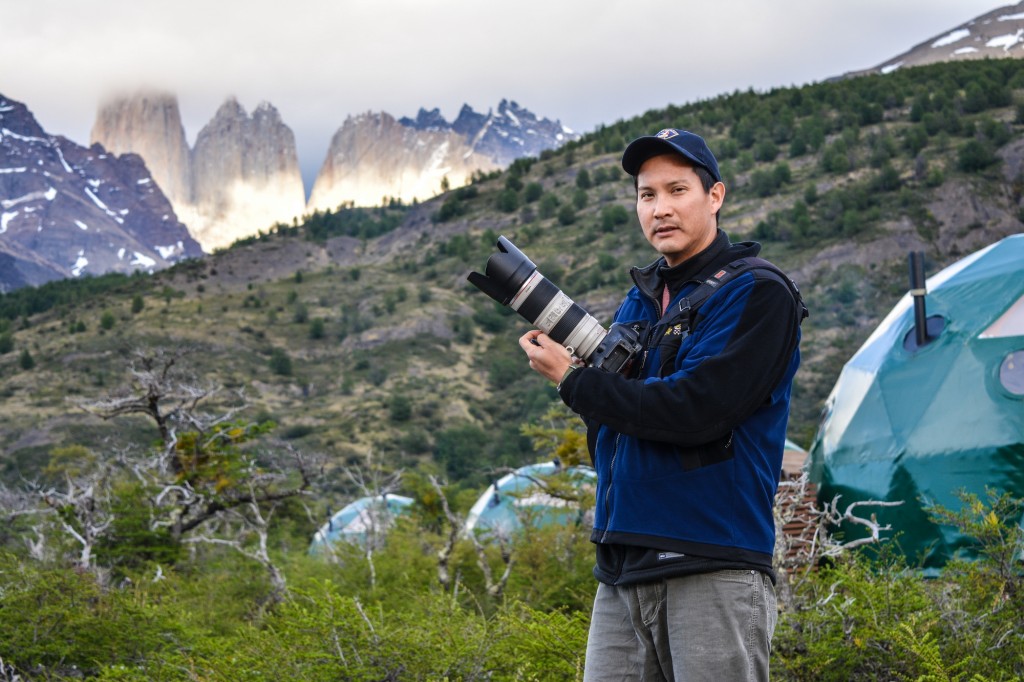 James Kao was the first guest of the 2014/2015 season to take part in the Patagonia Puma Tracking
James Kao was the first guest of the 2014/2015 season to take part in the Patagonia Puma TrackingTell us a bit about yourself.
I had been working ten and a half years in the same job before getting into professional photography. My trip to Patagonia is part of a big trip, where I will also visit Rapa Nui and Antarctica. My visit to Chile would not be complete without including these two destinations! I have been staying at EcoCamp 2 weeks, where I have undertaken a number of excursions including trekking the famous W Trek for 7 days, and the 6-day Puma Tracking; these excursions allowed me to dedicate all my photographs to capturing wildlife. I've never had too many opportunities to shoot wildlife before, so a trip to EcoCamp gave me the opportunity to try out something new with my photography.
How was the puma tracking experience?
I love animals. The puma tracking experience in Patagonia is unique. The setting is amazing, and you can get very close to this wild animal. I was lucky to be the only guest on the puma tracking excursion. This trip is designed for people who love animals and treat them with dignity. That is actually what I loved about my guide, Diego: he is very responsible and respectful of the puma. He understands that puma tracking is not for the masses, and only possible with small groups, as large groups would probably impact the animals tranquility and eventually force the puma to relocate.
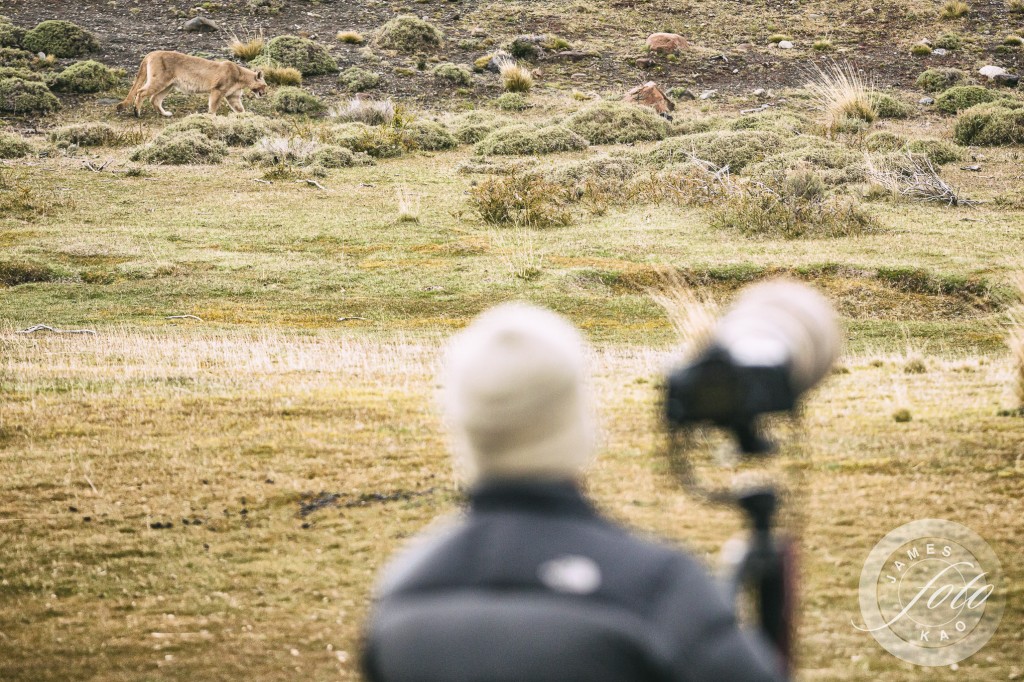 Crossing the entire world to see this was well worth the trip!
Crossing the entire world to see this was well worth the trip!The puma is a difficult animal to spot, even during a puma tracking trip. How did you find them?
My team consisted of expert guides (Diego Araya and Roberto Donoso), who are also photographers. Diego remained with me, whilst Roberto goes off tracking the puma with binoculars and also making use of locals, who have years of experience and knowledge. There are signs to look out for, such as the puma’s main prey: the guanaco. Therefore observing the guanaco’s behavior can provide clues about the puma`s whereabouts. A walkie-talkie ensures that if one guide sees the puma we can be instantaneously contacted. In one such instance we had to go off the road and hike before we too caught a glimpse of the puma. Once we had tracked the puma, we were able to get very close to the puma and I was able to take fantastic photographs, all without interfering with the animal or scaring him away.
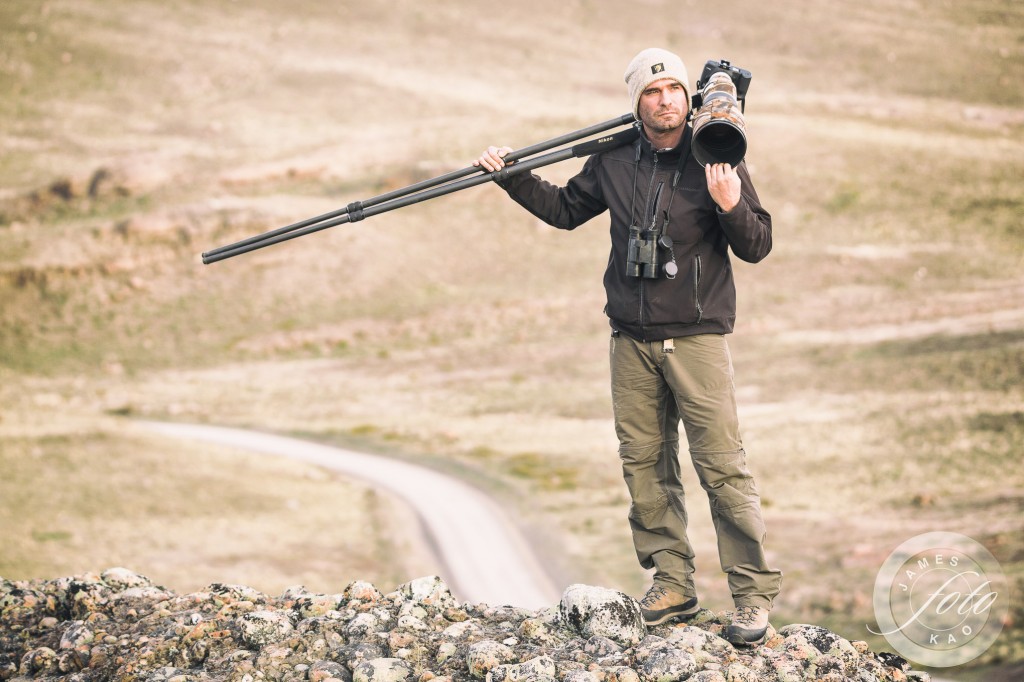 Diego Araya is a puma tracking specialist who works closely and respectfully with the animals
Diego Araya is a puma tracking specialist who works closely and respectfully with the animals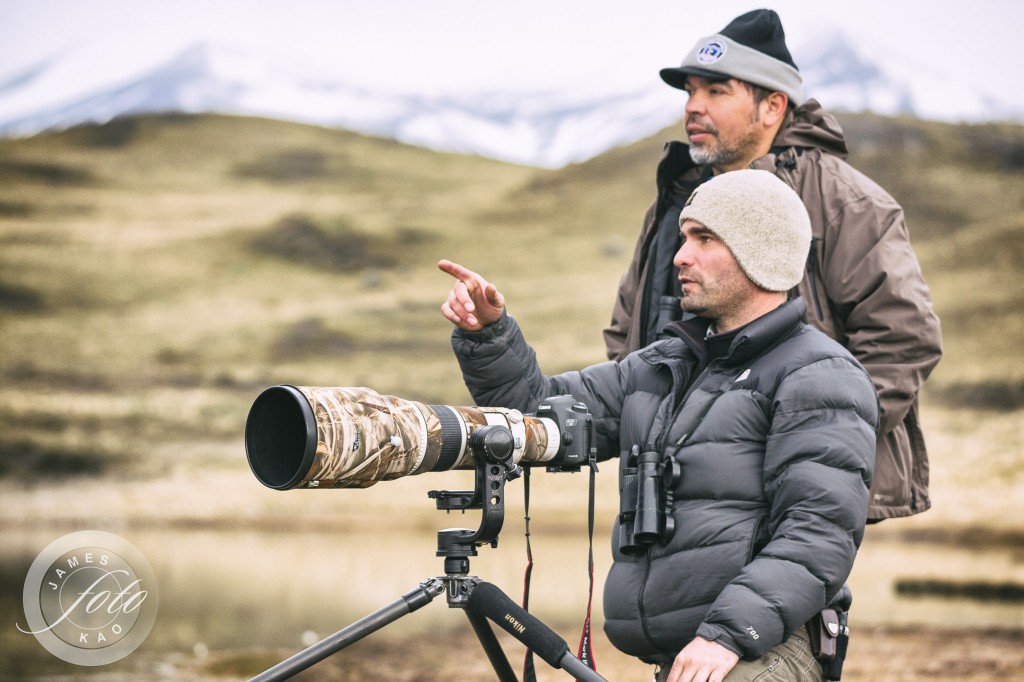 The "Puma Tracking" team: Diego (Puma Tracking Guide) and Roberto (Tracker) are seeking our elusive friend!
The "Puma Tracking" team: Diego (Puma Tracking Guide) and Roberto (Tracker) are seeking our elusive friend!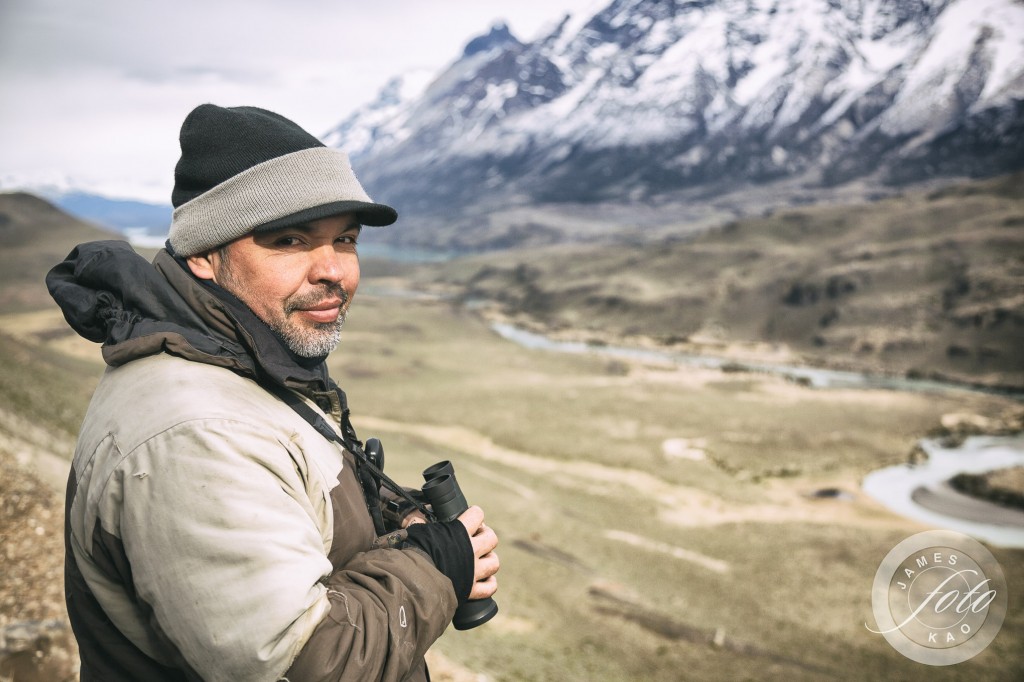 What would Puma Tracking be without Roberto and his keen eyes?
What would Puma Tracking be without Roberto and his keen eyes?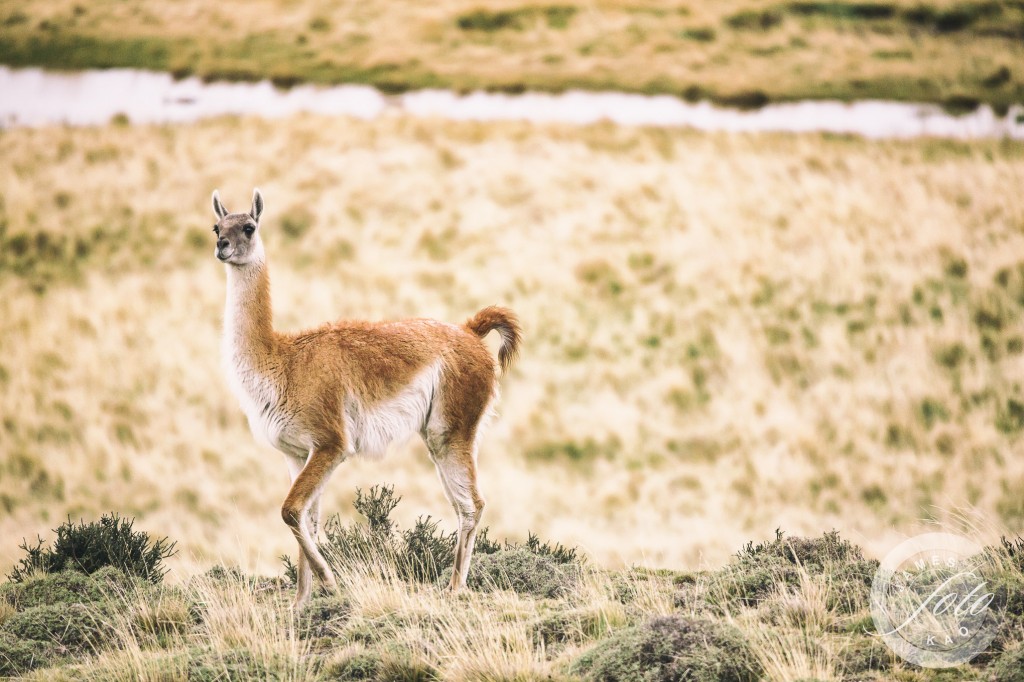 An alert guanaco may mean a puma is approaching!
An alert guanaco may mean a puma is approaching!What was the highlight of the puma tracking?
On the first day of my puma excursion, Roberto called us and miraculously told us “guys, I found the puma, there’s two -a mother and a cub!”. I could not believe my luck, it was an amazing feeling. We got close to both pumas in the morning, and I was able to take close up photographs of the puma’s family. On the second day, we managed to find and follow another puma in his routine. We were able to walk behind him, the puma was well aware that we were following him, but he didn’t seem to mind. We were so close! Then he went to his cave to do what most pumas do after they have lunch: sleeping!
Do you have a top tip for wildlife photographers to help take the best shot of an animal?
You need to have the right equipment, be patient and be prepared for the weather. In Patagonia, the weather can change very quickly and it may be hard to be out in these conditions unless you are properly dressed! Finally, there is a lot of psychological perseverance and patience involved, and you may have to think like the animal to be able to observe him efficiently.
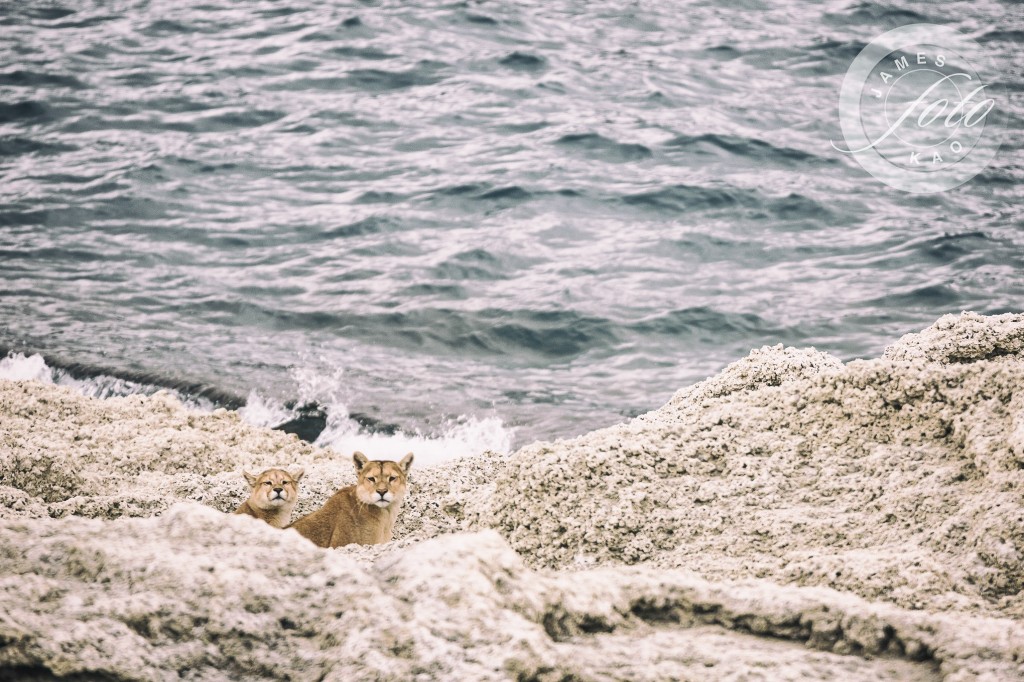 “Guys, I found some pumas, there’s two - a mother and a cub!” Thanks for your call, Roberto!
“Guys, I found some pumas, there’s two - a mother and a cub!” Thanks for your call, Roberto!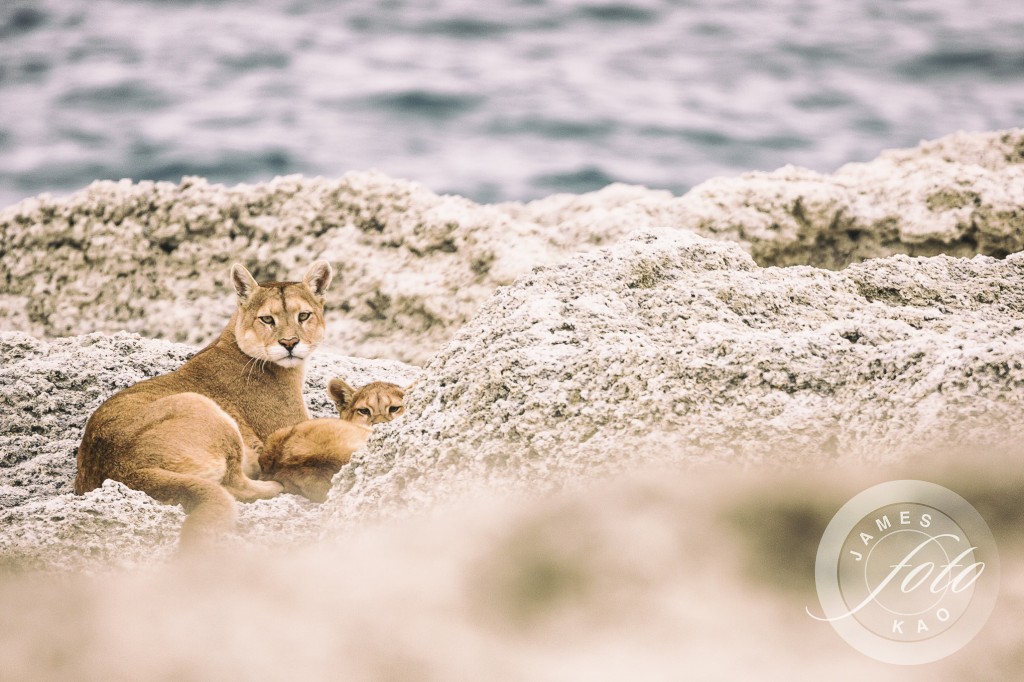 The mother puma and her cub know that we are watching them!
The mother puma and her cub know that we are watching them!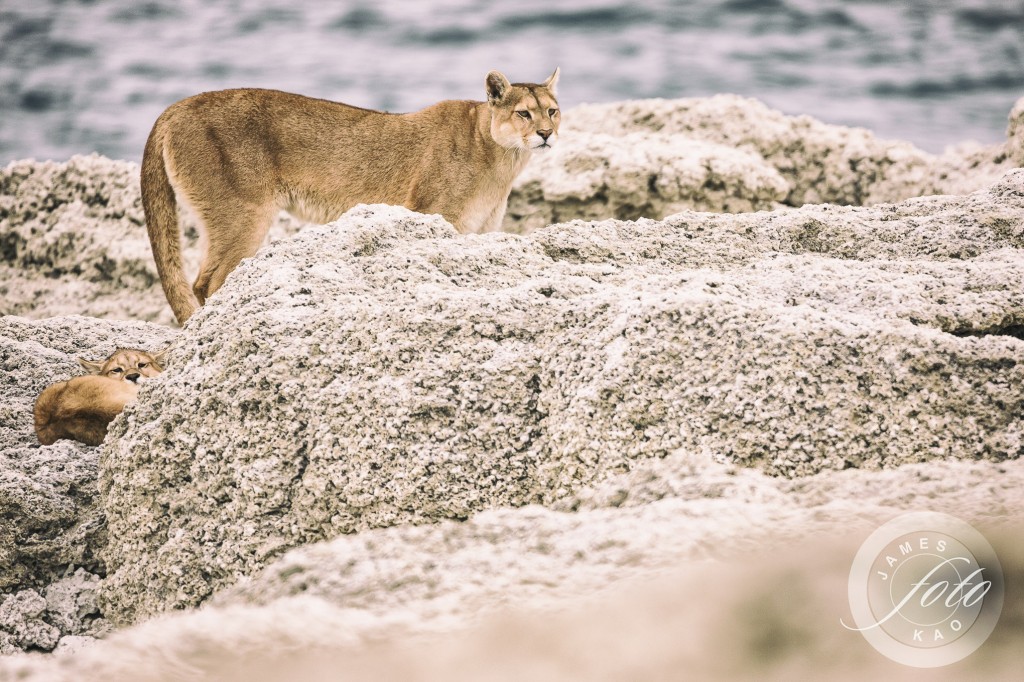 OK, now it might be time to leave them alone!
OK, now it might be time to leave them alone!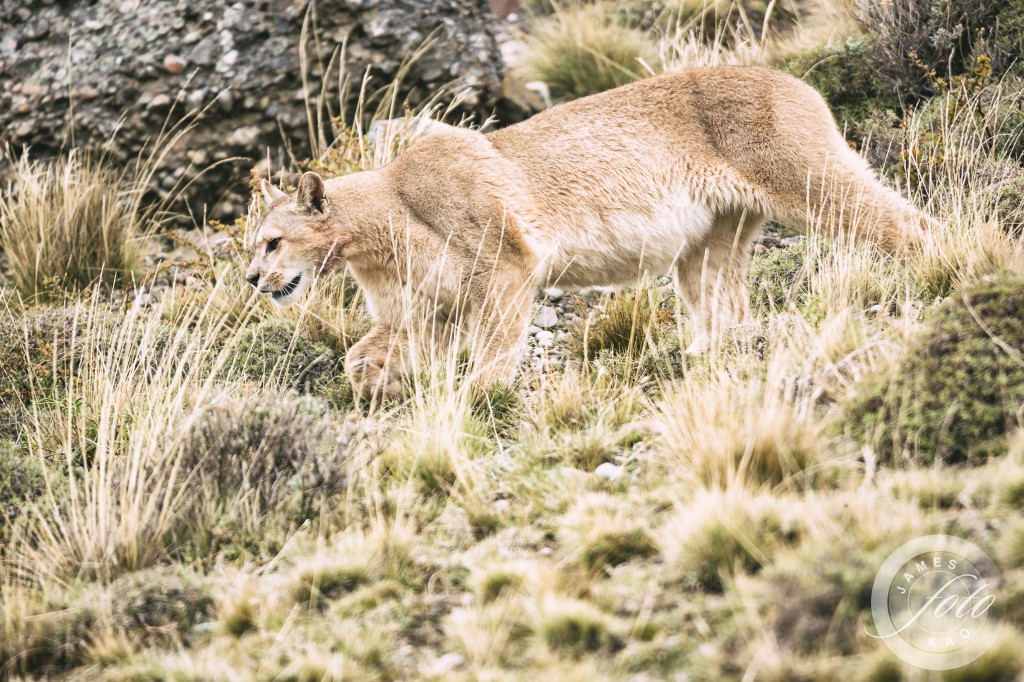 Watching a puma going about her daily routine...
Watching a puma going about her daily routine...How did you get into photography?
When I was younger, I would paint and draw a lot. I’ve always been creative. I’m surprised I never picked up photography in my younger days, perhaps because it was less accessible in those days. But when digital photography came around, everything became so much easier. I realized photography is a great medium which I can share with people, and I have the ability to create something. In my previous job, I took full advantage of my vacation time to travel to unusual places such as Bhutan, Nicaragua, etc.…During these vacations I would bring my simple camera to take pictures. Once home, I would host evening events to share my photographs and experiences with my friends and family. As they say, a picture says a thousand words. My friends and family enjoyed these events and were very encouraging. Over time, I eventually enrolled in photography classes, and the more I learned about the subject, the more I loved it. Eventually I realized I could actually make money doing something I am passionate about. It’s so much better than working in an office!
What are the attributes of a good photographer?
I’ve met many photographers and taken many classes from many experienced photographers. I think one of the most important attributes of a good photographer is to have good observation skills, to see things and be able to say “that will be a good photograph”. Be aware of your environment and of light. Light is the most important element of photography. Photography is painting with light! Besides that, I think it also depends on the kind of photography that you do. I do a lot of portraits, and therefore had to improve my method to work with people in good light while capturing the right expression, the right emotion. When you take pictures of people, you have to understand each other in a way. And that’s the same thing I had to do when I finally met the puma!
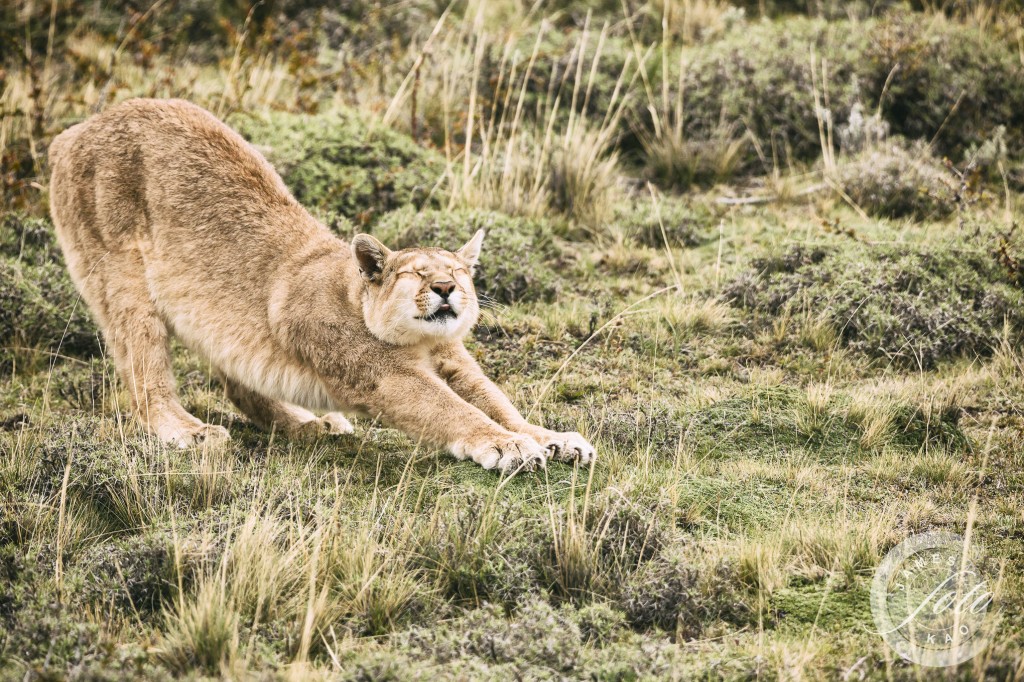 A puma having a stretch
A puma having a stretch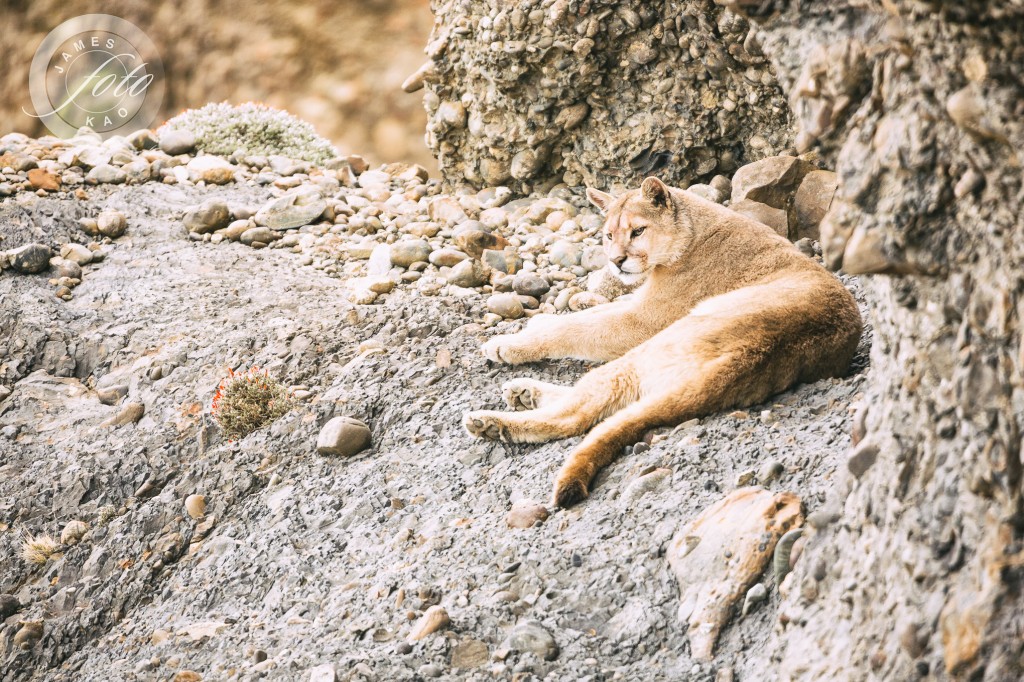 Guarding the entrance to the puma's cave!
Guarding the entrance to the puma's cave!How would you describe your photography style?
I want to create a sense of drama with my photography. I try to create work which has a subject, but also an environment that complements the subject. In the case of the puma, I could just have focused close up and photographed the animal only. But I also wanted to back up and show the context as well - where the puma is, the beauty of the area, and the fact that the puma is the master of the area. I aimed to show the beauty of the puma’s home.
What type of photography gear do you use most?
I shoot with the Canon 5D camera. As for the lenses, I particularly like the 70-200mm zoom lens. I have a f2.8 lens, which tends to be my favorite lens.
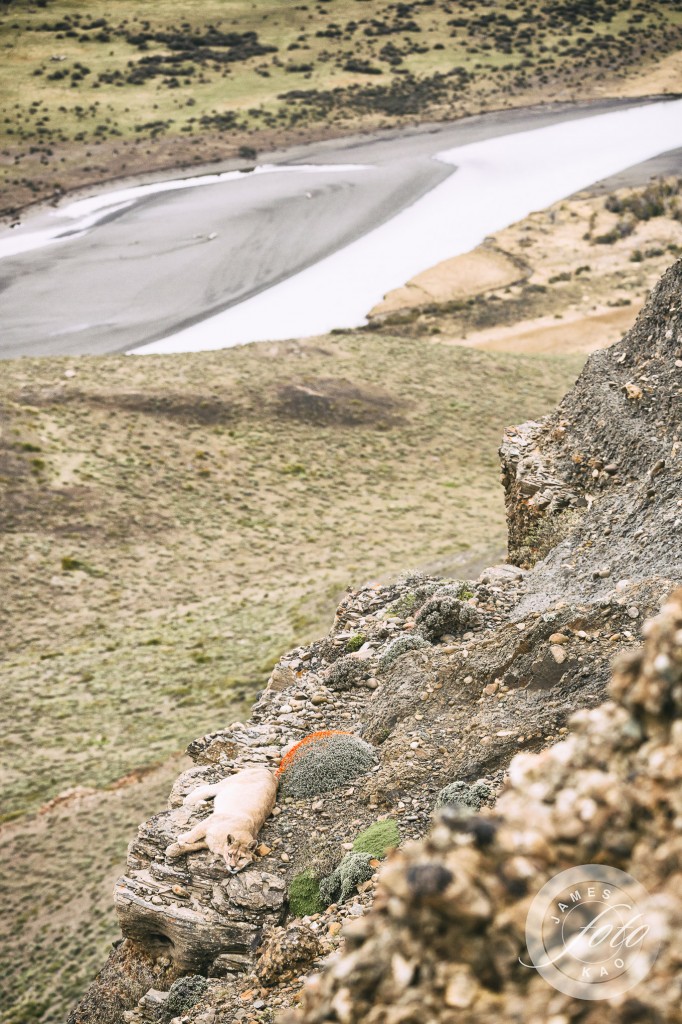 We found him again!
We found him again!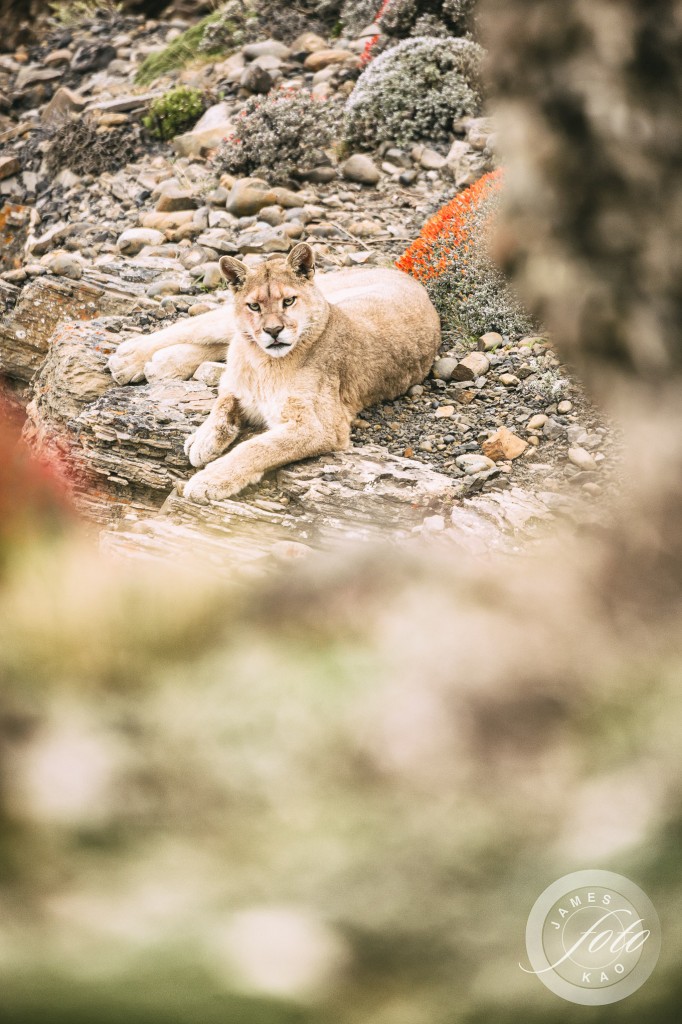 And the puma saw us again...
And the puma saw us again...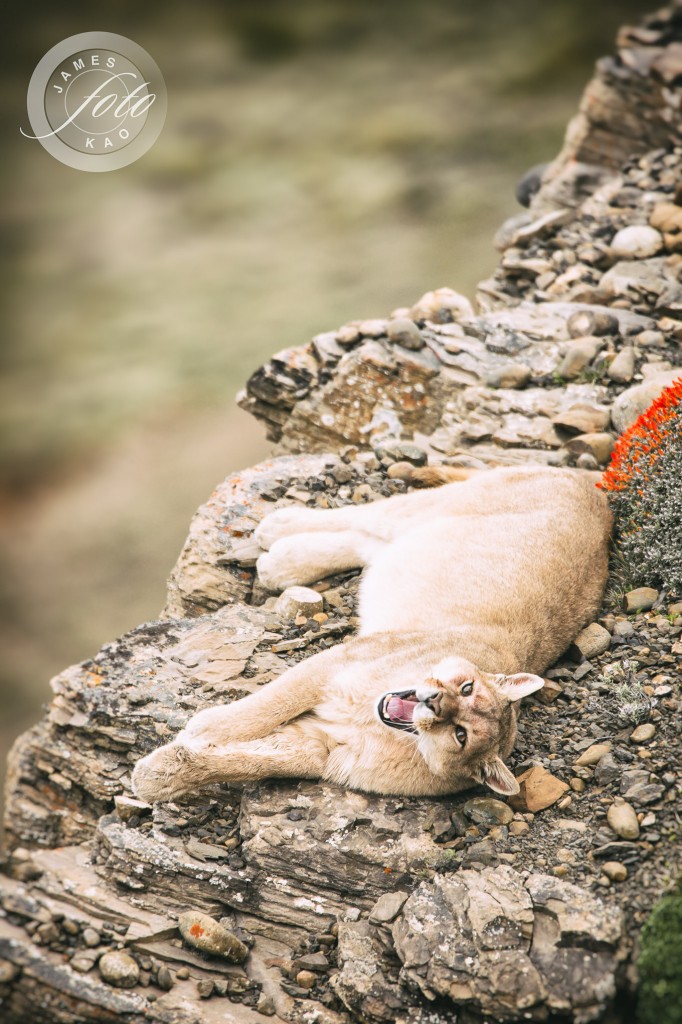 Hello to you too!
Hello to you too!Any final thoughts for our readers?
I had an amazing stay here, EcoCamp is in a great location, and the camp is very close to all the places we had to go for the Puma Tracking. Tracking the puma was an outstanding experience. The puma is a beautiful animal, which is not what most people say it is, since it is in the media only when they have attacked humans. But pumas would not attack without a good reason. They attack if they feel threatened, or if their food source is being taken away. I got really close to the puma and, in spite of our close proximity I did not feel any fear. I really appreciate the puma for what he or she is: a beautiful animal deserving our complete respect.
Do you want more information? Visit cascada.travel and learn about our programs

